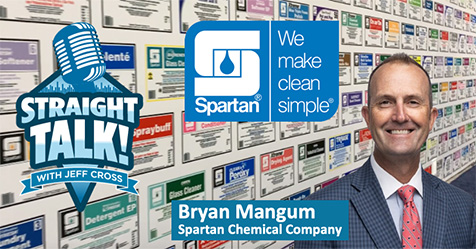COVID-19 Update: Full-Body Disinfection and Record Toilet Paper Production Numbers
Step into the disinfection booth
Facilities everywhere are stepping up on surface disinfection protocols to help stop the spread of COVID-19. Hong Kong International Airport (HKIA) is going one step further by disinfecting airline passengers and staff, TTG Asia reports.
HKIA is the first airport to test CleanTech, a disinfection booth for humans. Following a temperature check, passengers and staff enter an enclosed booth for a 40-second disinfection procedure. Each booth’s interior is equipped with antimicrobial coating, which can remotely kill viruses and bacteria on human bodies and clothing through photocatalyst and nano needle technology. The booth also applies a quick sanitizing spray to everyone who enters.
Other hygienic programs piloted at HKIA include the application of antimicrobial coatings on high-touch surfaces on check-in kiosks, baggage trolleys, and restrooms. After a month-long trial, the airport will consider establishing these technologies as a long-term disinfection procedure.
In addition, HKIA has deployed intelligent cleaning robots to disinfect public areas. The robots are programmed to move independent of human direction and use ultraviolet (UV) light and air sterilizers to remove bacteria on surfaces and in the air.
4 pounds of toilet paper per person
U.S. paper mills produced almost 700,000 tons of tissue in March in response to the COVID-19 pandemic, according to the American Forest and Paper Association (AF&PA), a record amount that hasn’t been achieved since the AF&PA began keeping records in 2007.
This amount represents more than 4 pounds of toilet paper for each U.S. resident.
In addition, AF&PA members delivered more than 22,000 tons of tissue per day in February and March, another all-time high for the industry.
Read more about toilet paper shortages that led manufacturers to produce more product and learn how other cleaning and hygiene product manufacturers are keeping up with demands fueled by the pandemic.

